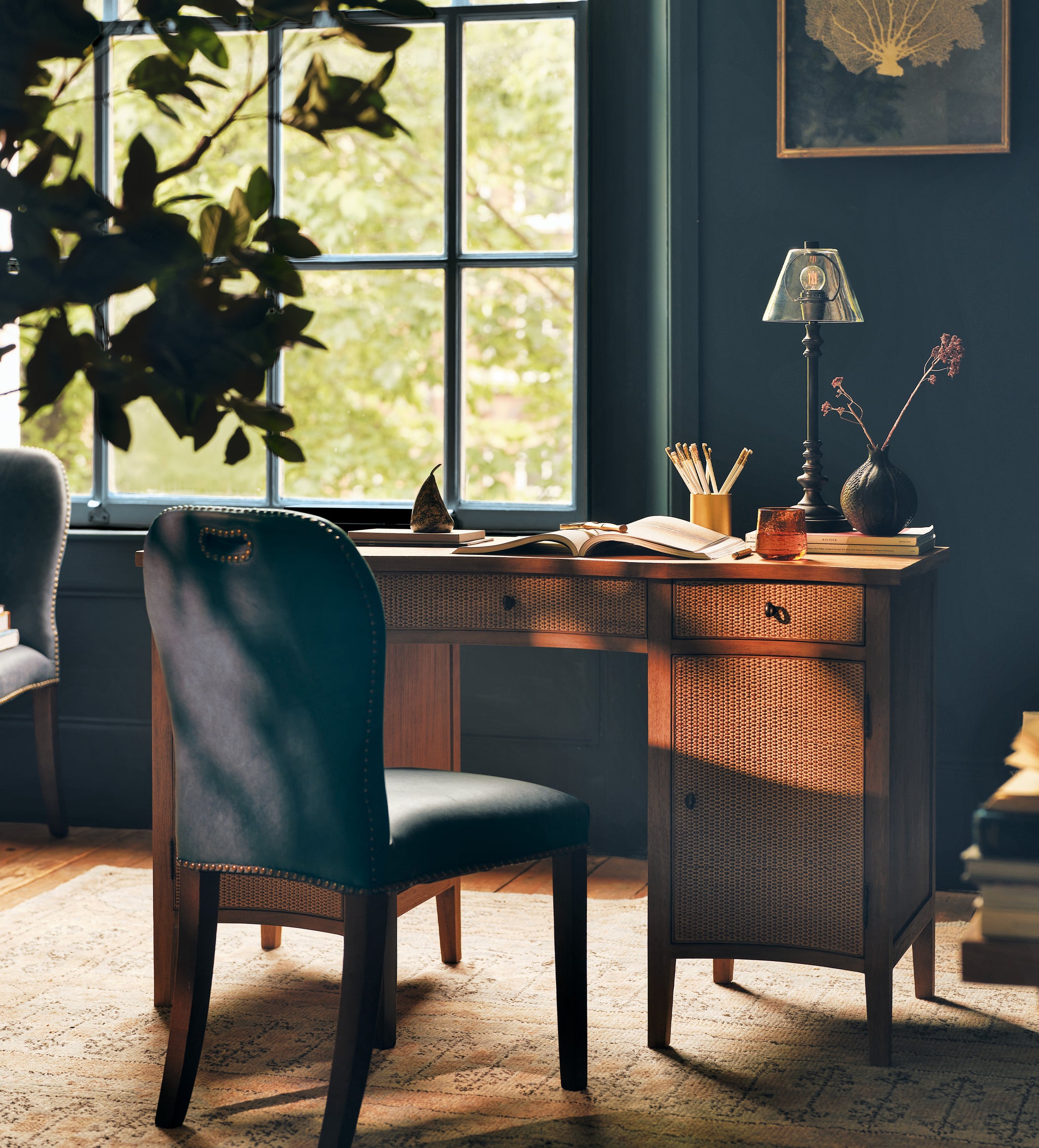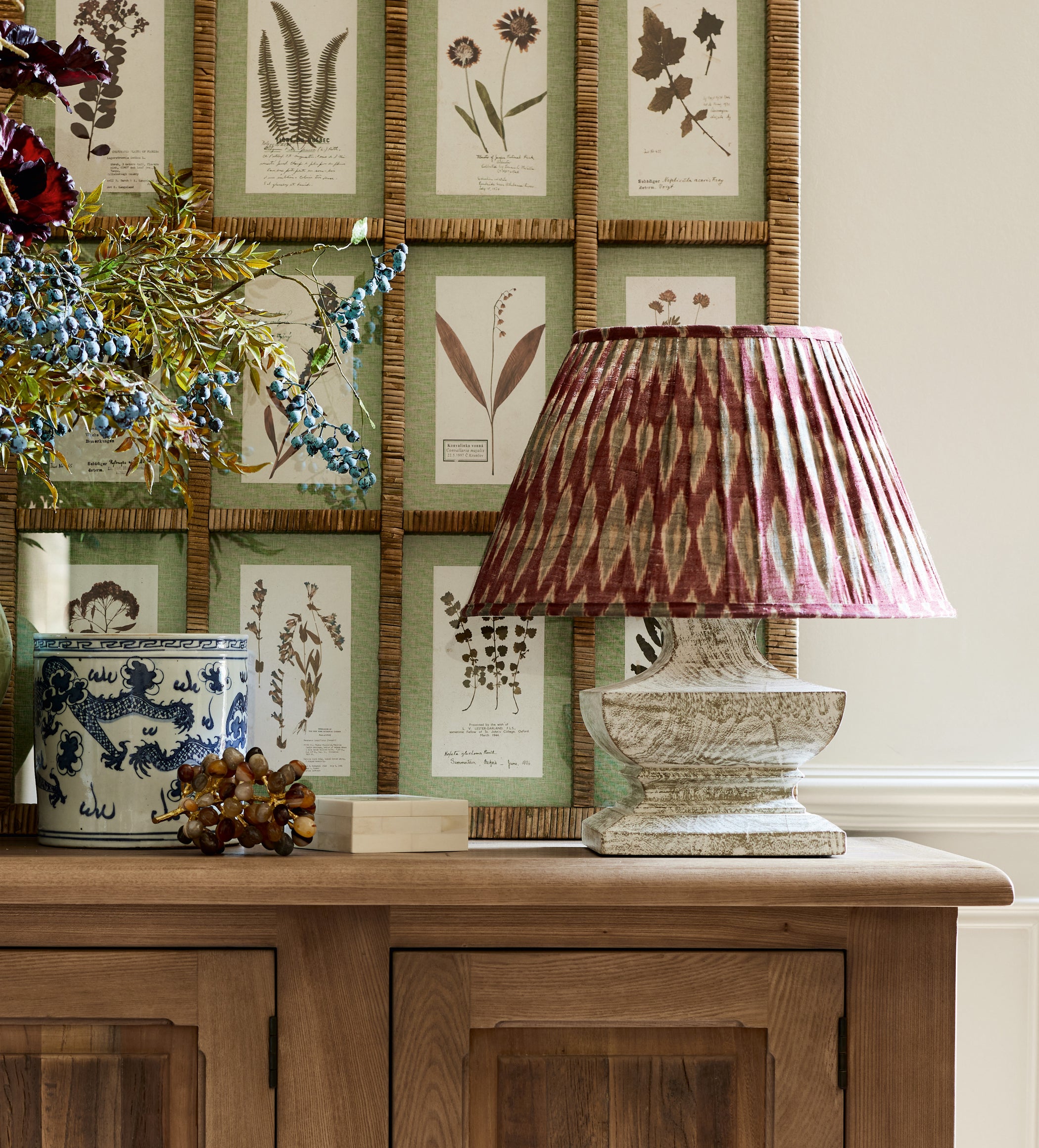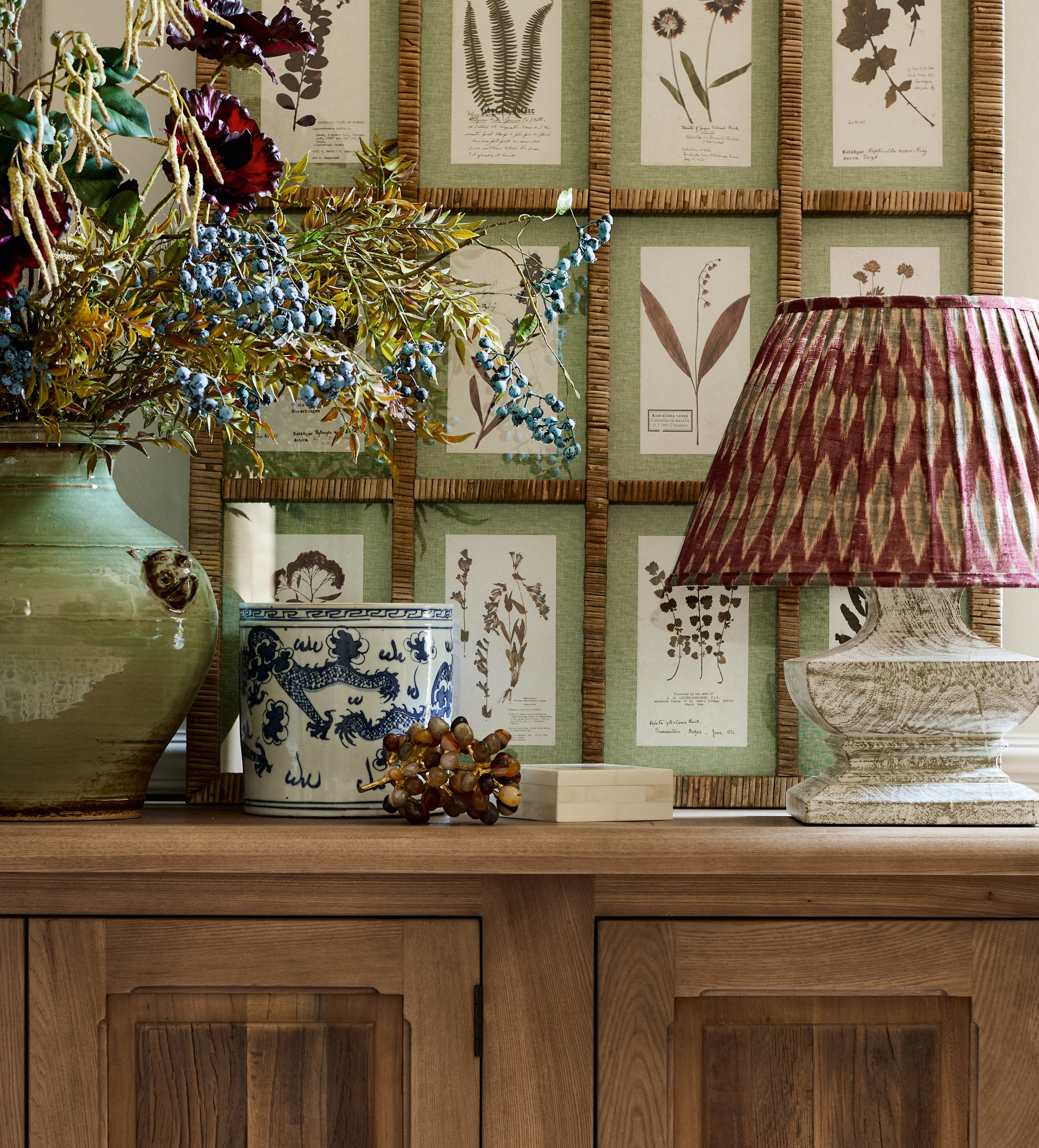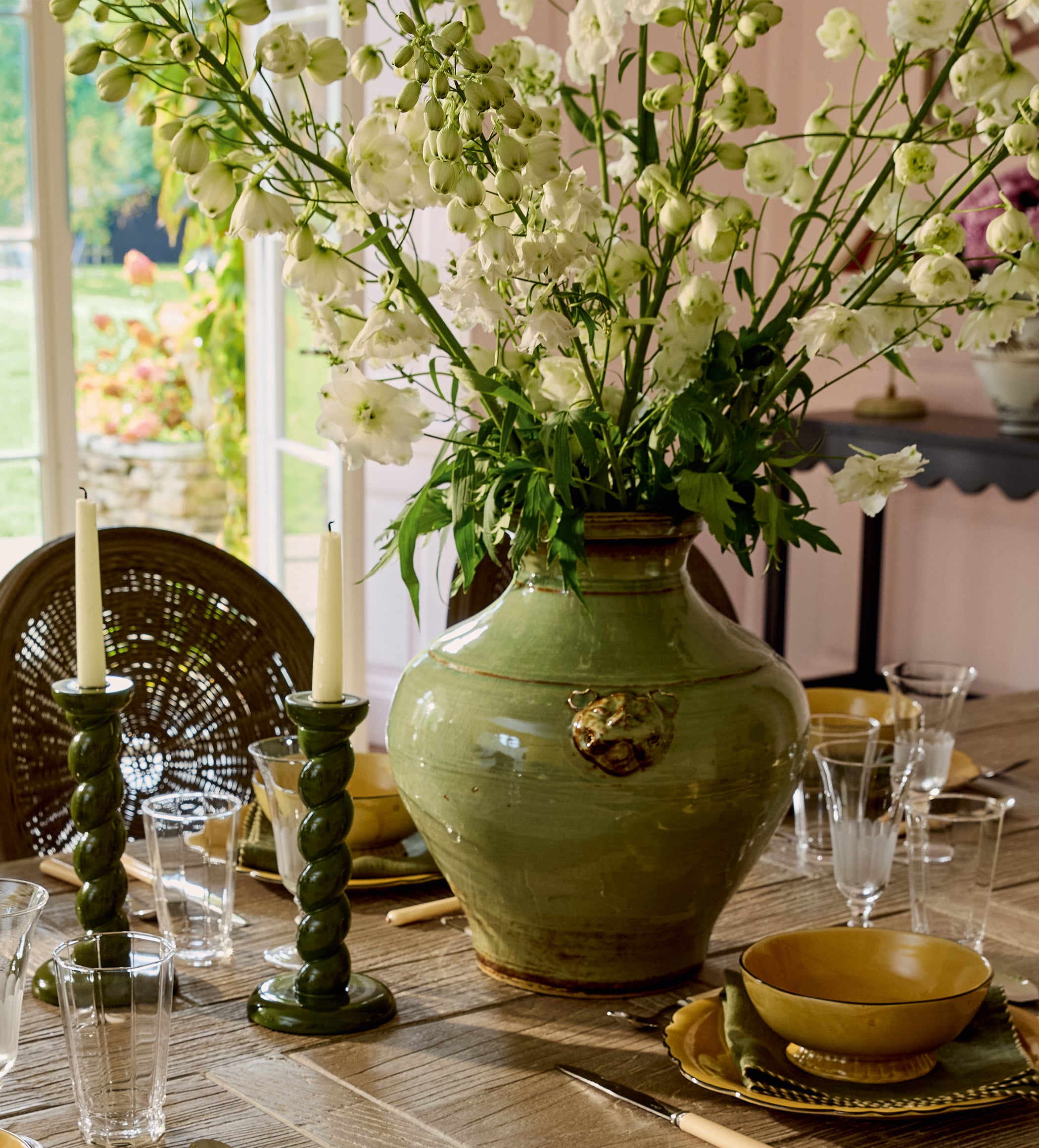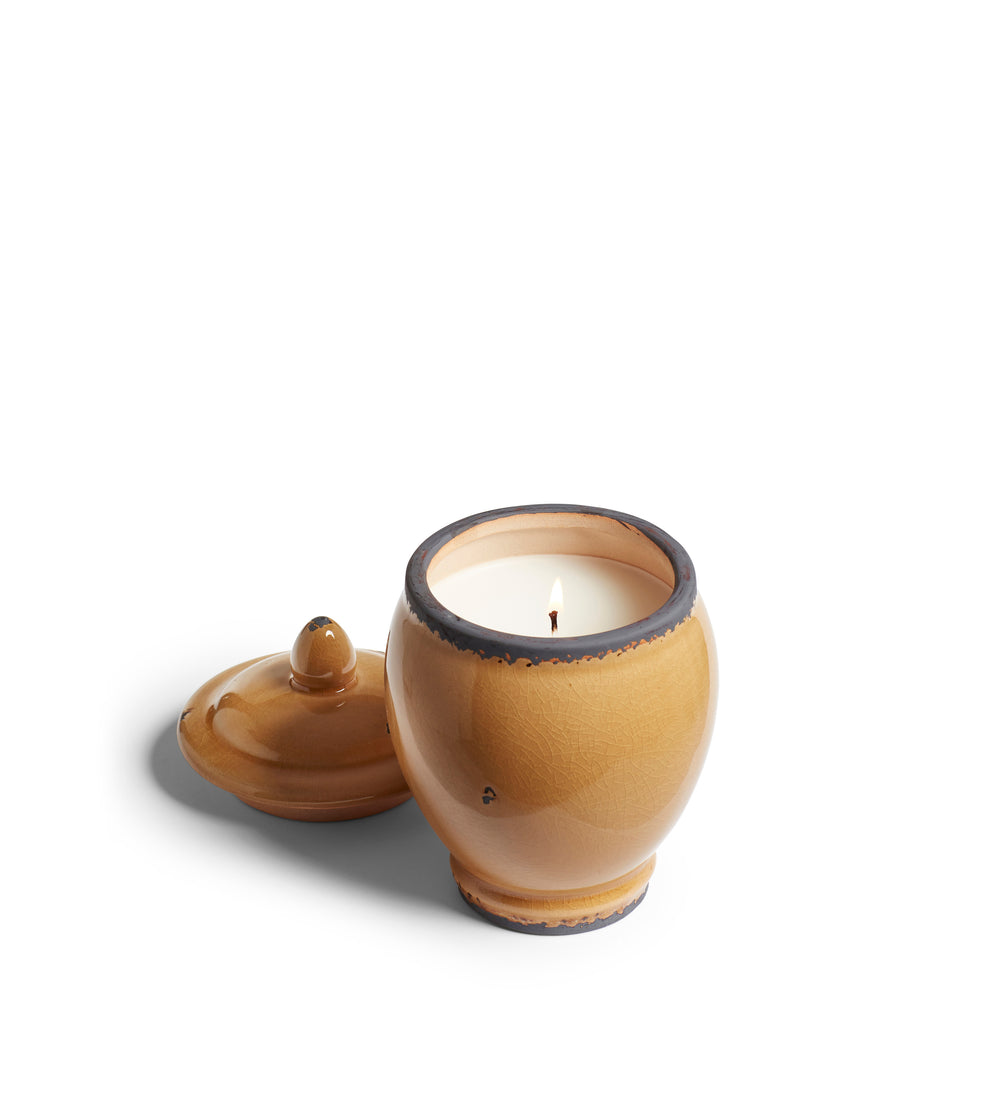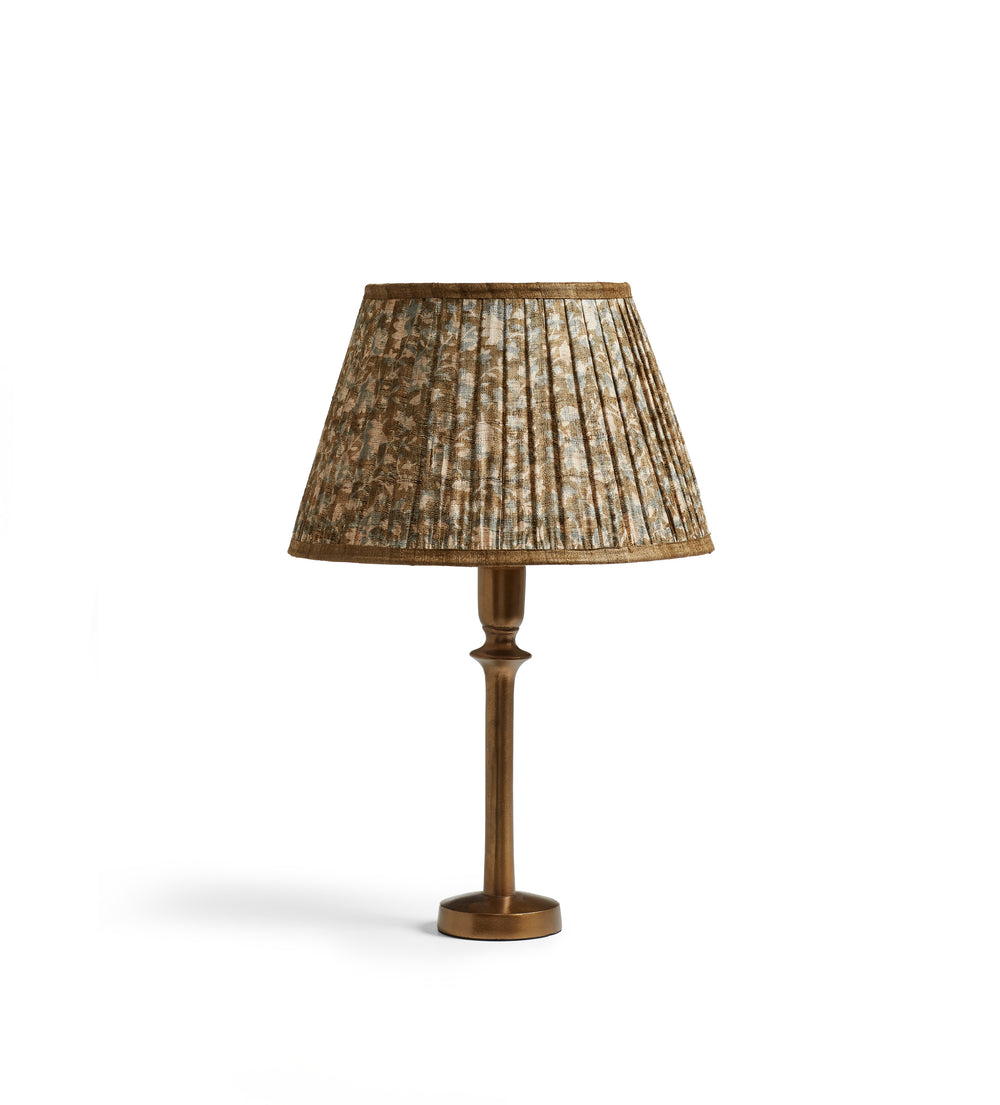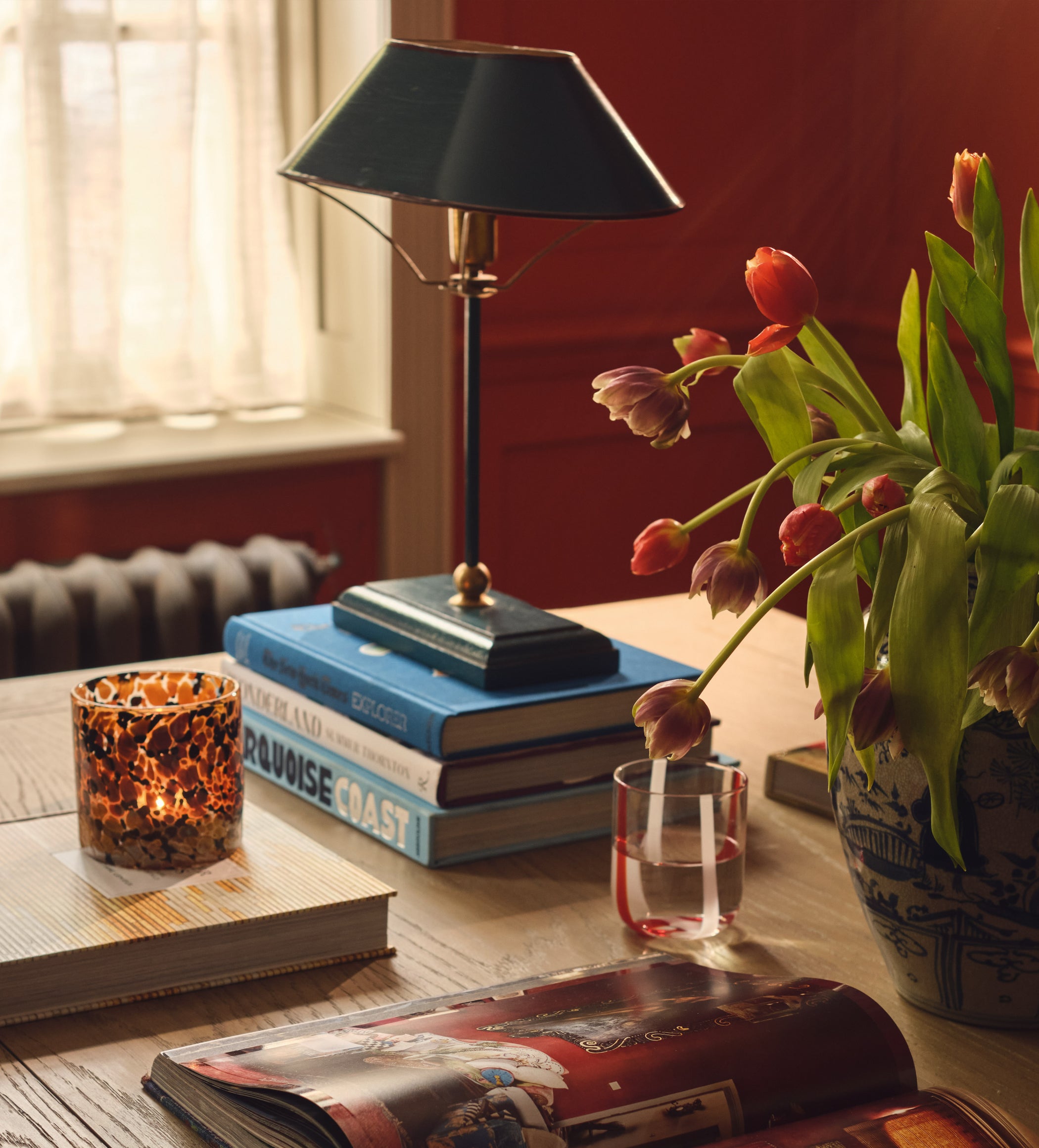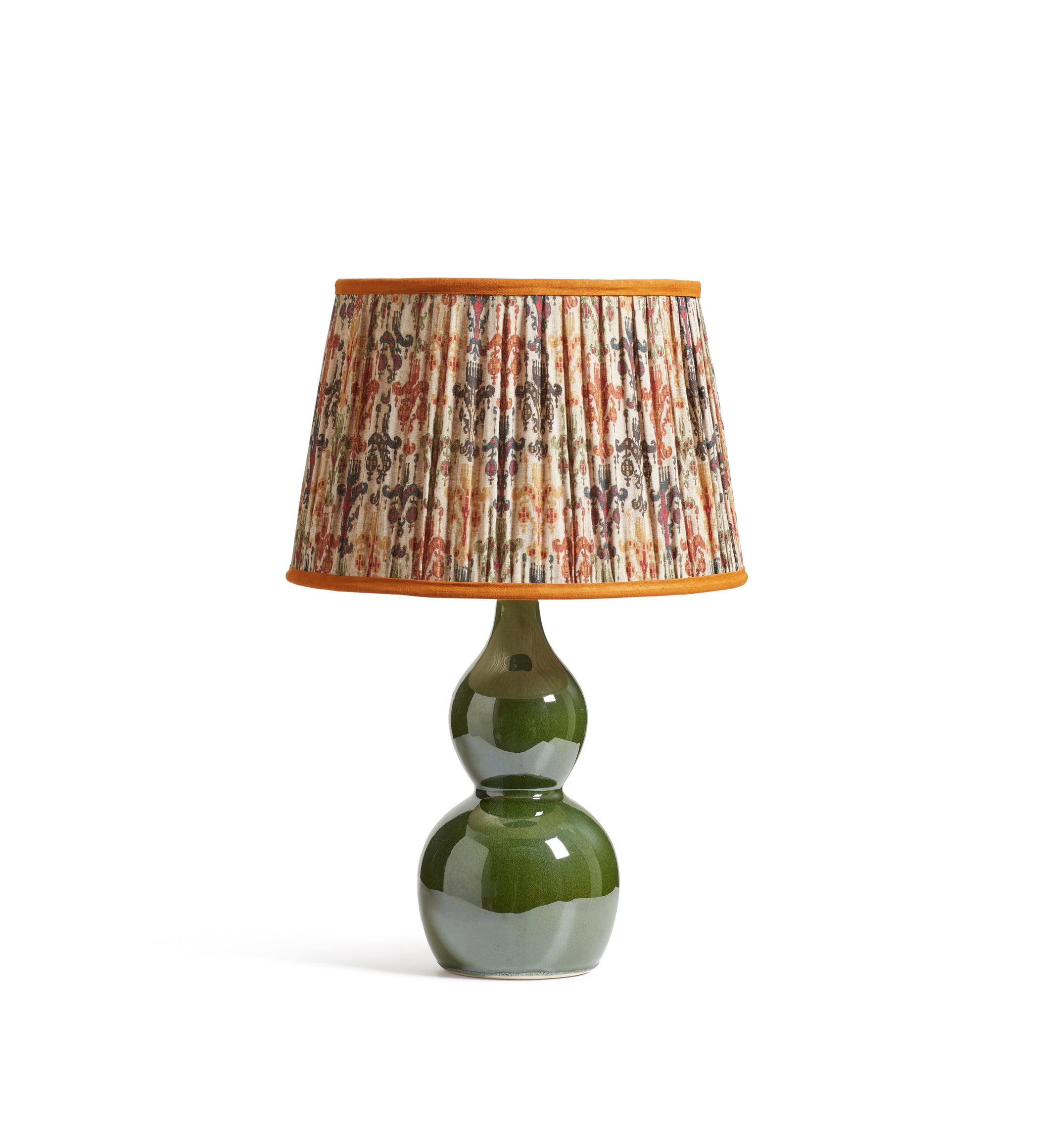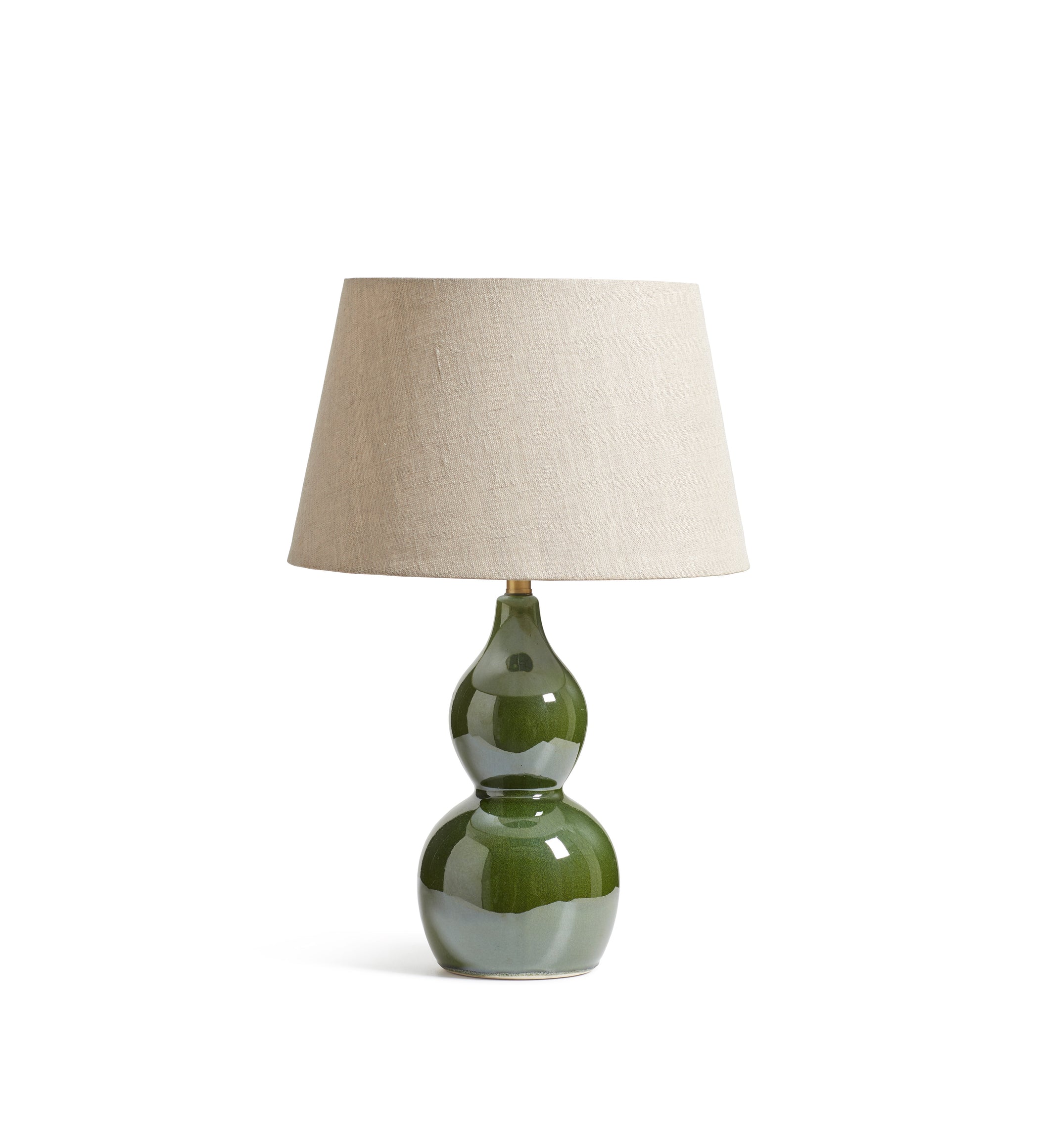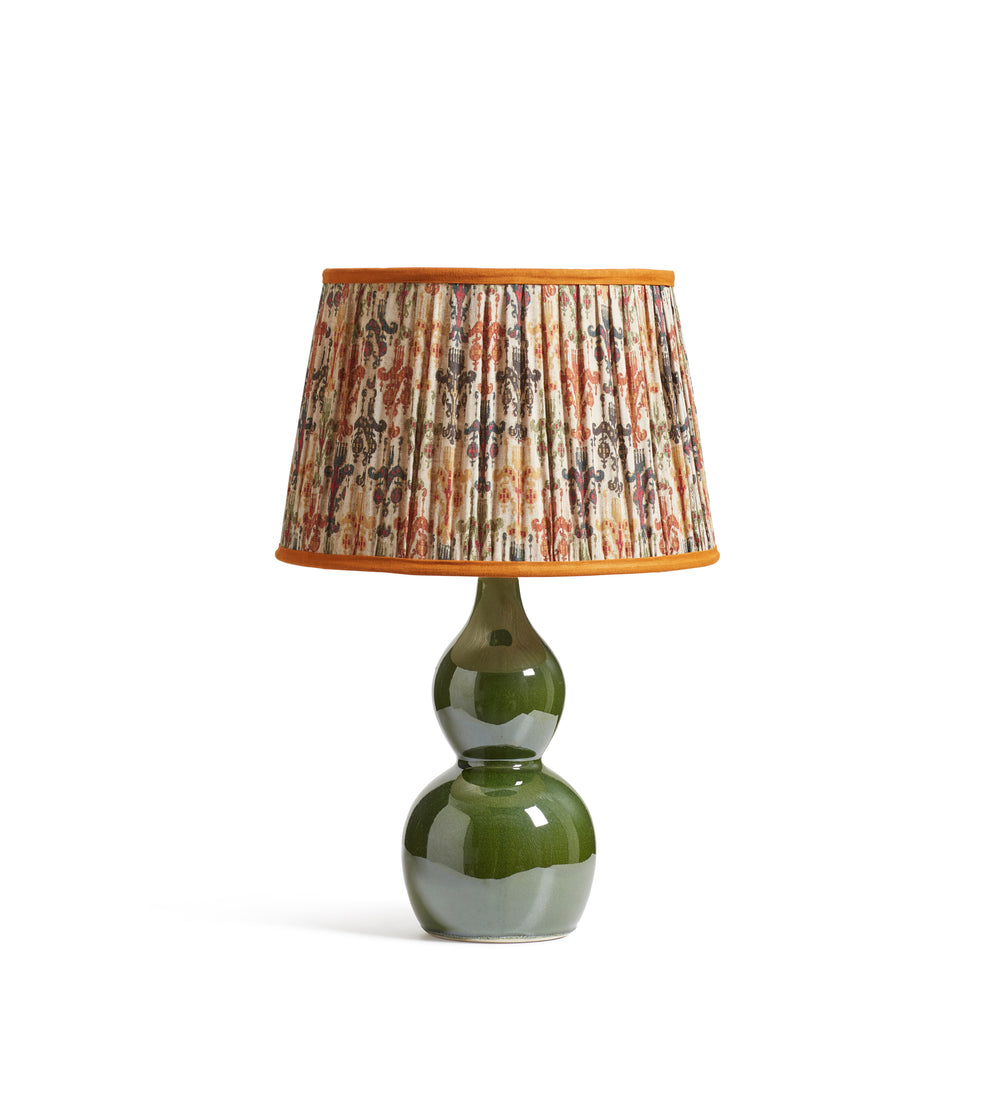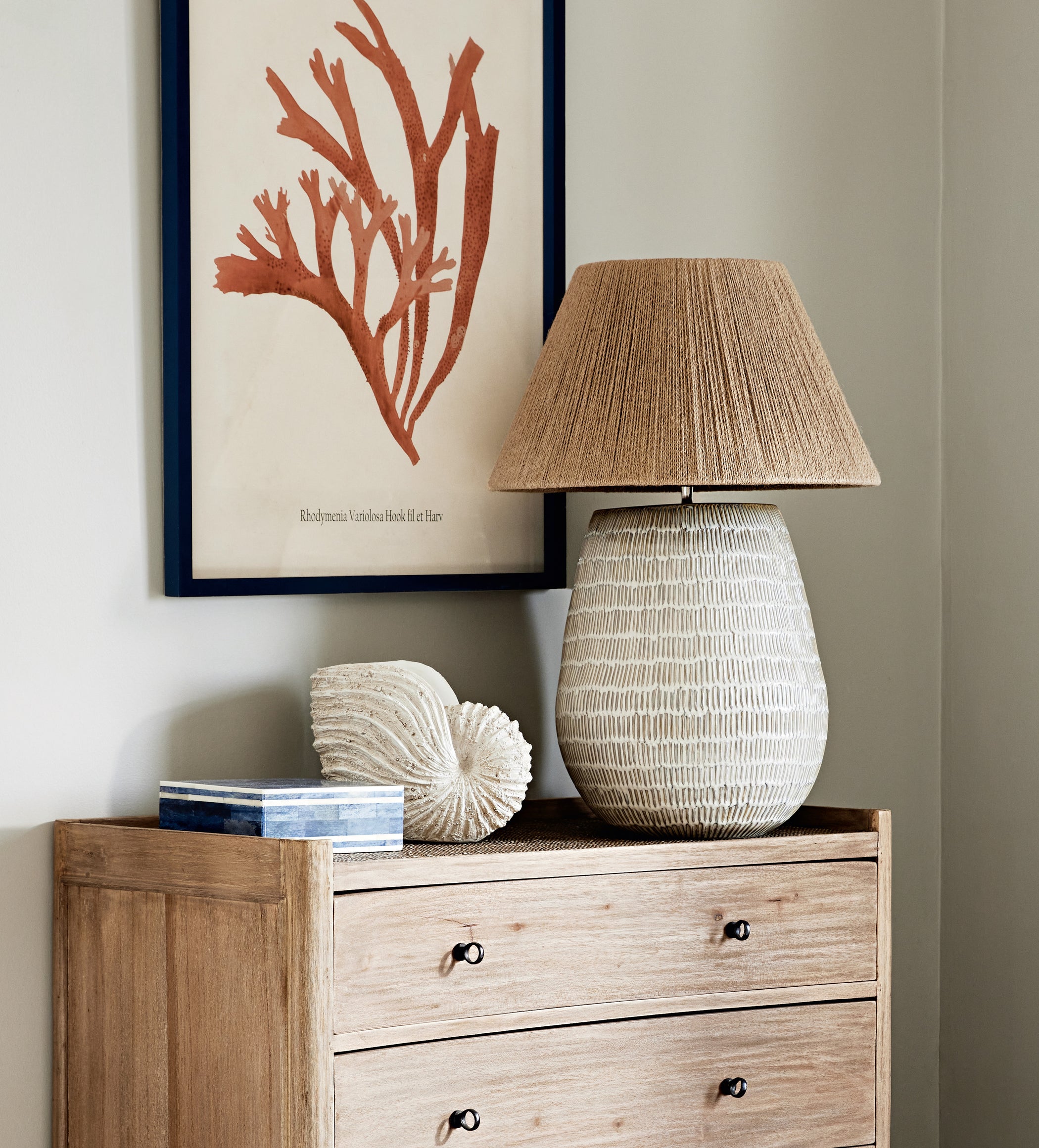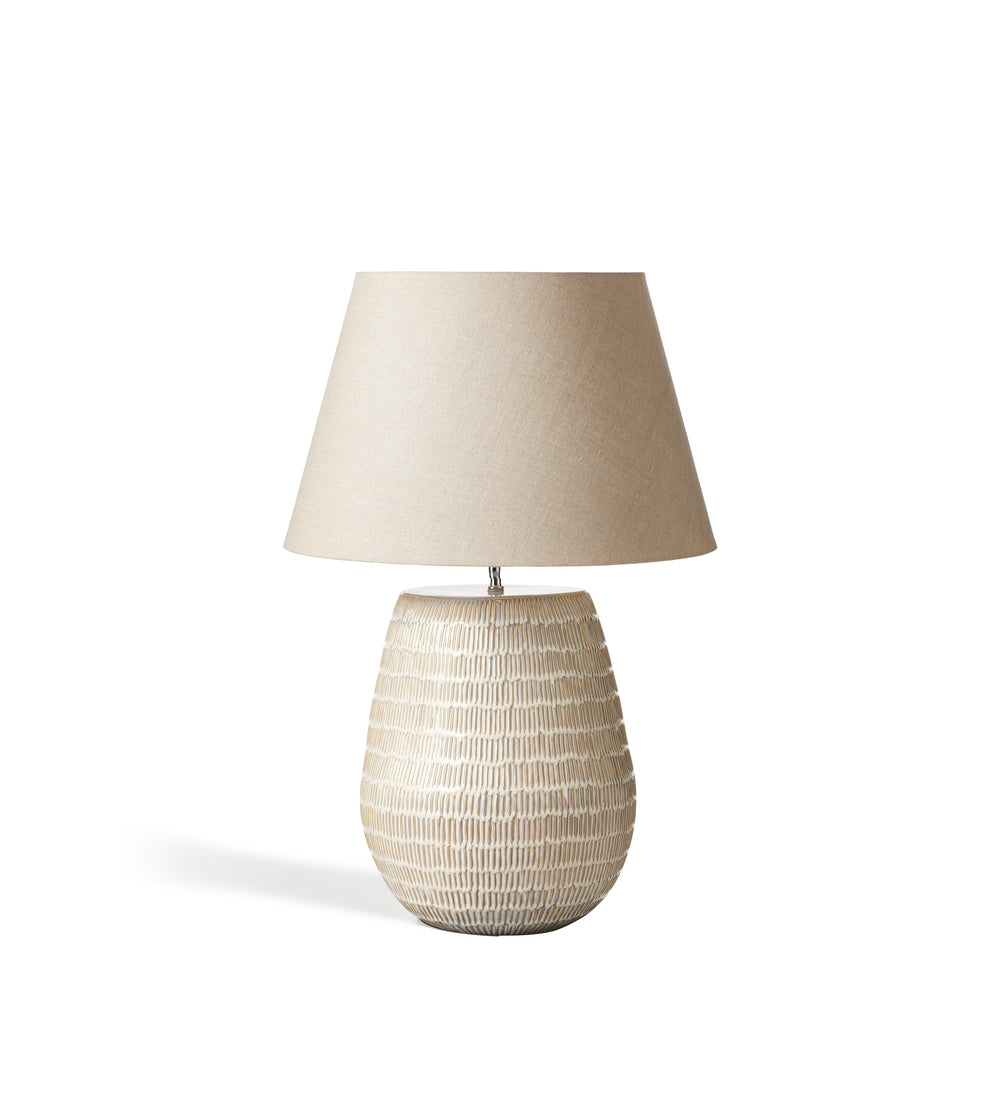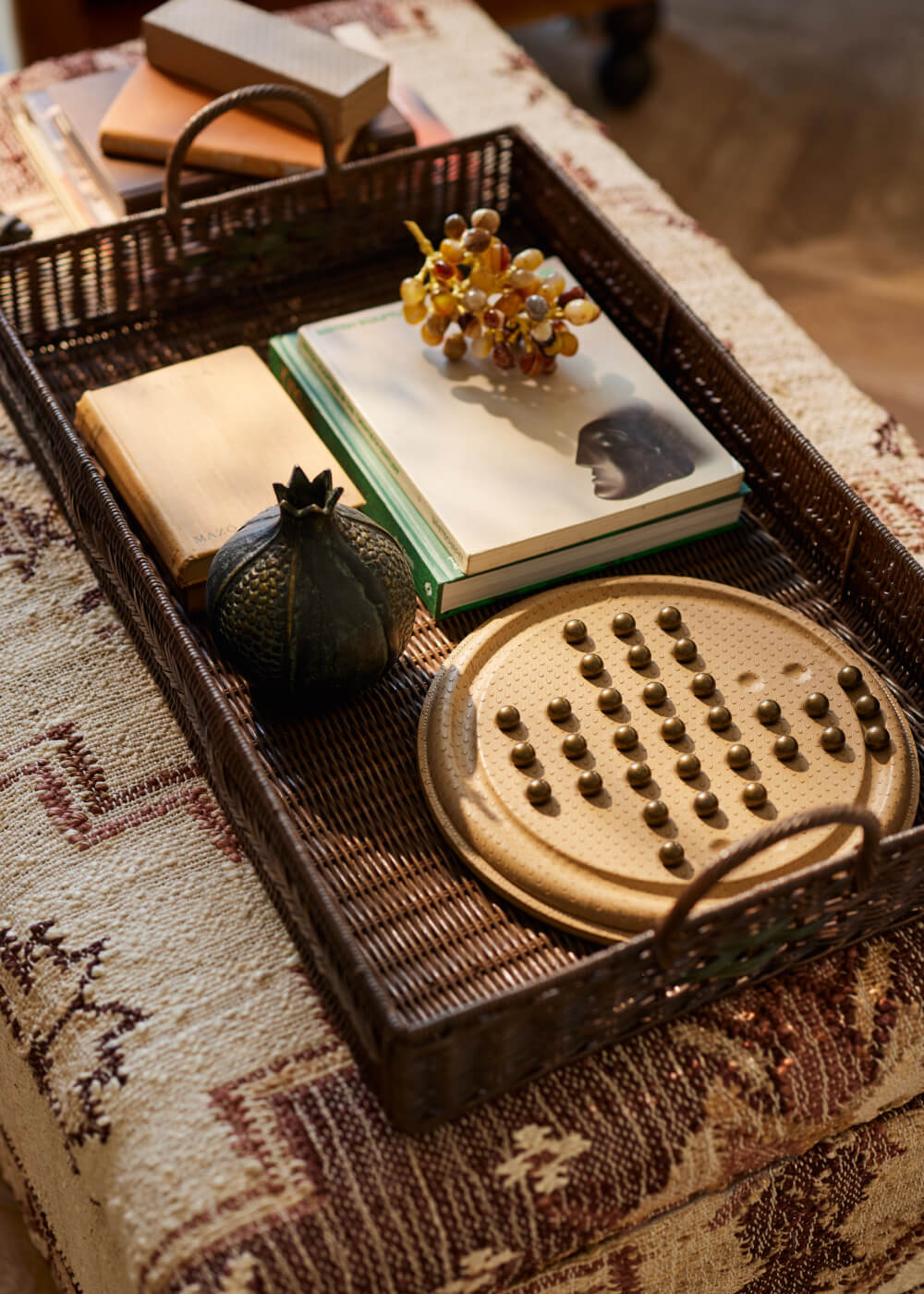

Published 6 October 2025 | Last Modified 6 October 2025 | Ellen Millard
How to Use Lighting to Create a Cosy Home
When it’s cold outside, curling up on the sofa with a blanket and a cup of tea in warm ambient lighting is a most inviting prospect. Embracing the warmth of the great indoors and enjoying moments at home are what we look forward to during those darker, chillier days – but getting cosy isn’t just about cranking up the heating. It’s a state of mind that ushers in a desire for steaming bowls of soup and chunky knits, box sets and bottles of red wine – and, when it comes to interior design, lighting plays a central role in bringing that feeling to fruition. Soft lamplight is essential in creating a warm and inviting room at any time of the year, but it’s particularly vital in the darker months. So, how to achieve that all-important glow? We turned to expert designers Sophie Stevens, founder of SGS Design, and Lisa Mitchell, founder of Mitchell Rose, for their cosy lighting ideas for the winter months and beyond.
“Cosiness comes from varied levels of light and mixing both architectural and decorative lighting.”
Layer Your Lighting
Stark, cold lighting does not a warm welcome make, which is why so many interior designers favour the softer glow of table and floor lamps over the harsher shine of a ceiling light. Simply put, when it comes to warm, cosy lighting, the magic is in the mix. “Cosiness comes from varied levels of light and mixing both architectural and decorative lighting,” Lisa explains. “The biggest mistake people make is using too many downlights, and not allowing for different layers.” This means introducing touches of light throughout a room, whether that’s a table lamp next to an armchair, a wireless lamp tucked into shelving or candlelight on a coffee table. Though there is a method to layered lighting, it’s also as much about instinct and noticing what does and doesn’t feel good. “We’ve artificially lit our homes so much that we’re forgetting that most of our existence has been around when the sun rises and sets,” Sophie explains. “We need to get better at setting levels of light so that we feel happier and more comfortable in our spaces.”
Concho Wall Lamp - Antique Brass/Rattan Brown
£150.00
Barton Table Lamp with Glass Shade - Black/Antique Gold
Mouth Blown Glass
£165.00
Keep Your Lighting Flexible
Though we reach for a moodier aesthetic during the colder months, lighting ultimately needs to be practical as different rooms, corners and even moments will call for alternative levels of brightness. The best way to achieve this is by incorporating dimmer switches and timers into your home, so you can adapt your lighting to suit different occasions. If you’re designing your space from scratch and have the opportunity to influence the electrics, Sophie advises adding a maximum of four circuits to a traditional light switch system and making one of them a five-amp circuit. “That means all of your lamps can be controlled by one switch, so you don’t have to turn each lamp on,” she explains. “We’re all busy and no one has time for turning lamps on and off, so if you can put a few circuits in and have a dimming control, then you’re part of the way there.”
For those looking for a quicker fix, Lisa advises turning to wireless lamps for an instant injection of warmth. “Lights that are wired in, such as wall lights and pendants, need to be factored well in advance, but it’s great to have a little flexibility with your lighting because we all use spaces differently,” the designer explains. “Someone might want to sit on a particular sofa and read a newspaper, or you might have people coming over who require more light. Sometimes, you just love something and want to find a new place for it. It evolves.”
Add Light to Unexpected Places
You needn’t rely on traditional locations to bring an inviting shine to your space. When it comes to warm lighting for living rooms, the buck doesn’t stop at floor and table lamps. Tucking lights into joinery, furniture or on the top of cupboards allows you to reap the rewards of cosy lighting without seeing the source itself. This is a particularly useful tool if you’re unable to make bigger, more structural changes to your home. “Sometimes we forget that you can change the dynamics of a room just by adding a source of light to the top of a cabinet. It artificially raises the ceiling height and gives the room a lovely glow without downlighting anything,” explains Sophie, who has also relied on this method when designing the interiors of listed buildings. “We quite often use this trick on columns or anything architectural, but if you can’t do that then putting light onto furniture pieces is probably the best solution – placing little spotlights or lamps on top of free-standing armoires or bar cabinets can give you a lovely glow of light.”

Shop the Scene
Consider Your Colours
When it comes to making your room cosy with lights, it’s not just the fixtures themselves that you’ll need to consider but the space in which they’ll be placed. The direction your room faces, the number of windows and the colours in the space will all have an impact on how light is received. “Getting your lighting right is key because if affects the colour and mood of everything,” says Lisa. “Try looking at your paint or fabric colours under different lights, as well as during night versus day. It’s all about context.”
Bear this in mind when selecting lampshades, too. The material you choose will impact how a light is filtered throughout the room; some lampshade designs have a light-block or lining that directs the light up and down, stopping it from spreading evenly out of the shade itself. “Coloured lampshades can change the colour of the light and then the colour of the room around it,” Sophie adds. “That can be a great thing – a warm, pinky red lampshade can do amazing things to a room – but it can also come as a bit of a shock when the colour of the walls starts changing. Lampshades are important to get right.”
Grisewood Task Floor Lamp - Antique Brass
Handmade
£525.00
Take a Lesson in Light Bulbs
Lighting involves careful thought and consideration, from the location right down to the light bulb. When it comes to the latter, Lisa advises selecting the best available light bulb you can find and being aware of the Colour Rendering Index (CRI) when doing so – this affects how natural colours render under an artificial light. “The higher the CRI is, the better the quality of colour,” the designer explains.
The temperature of the bulb is also important. In this case, it’s the kelvins (k) that you want to keep an eye on, and this determines whether your bulb is a cool white or a warm yellow. For a cosy light, it’s the latter you want to look for. “We tend to use a warm temperature in all of our lightbulbs, which has a number 2,700k,” says Sophie. “That gives you a really lovely, warm and very natural light, almost like daylight.”
Look to Lighting Accessories
It’s not just cosy lamps and lights that can help you achieve a welcoming glow in your home. Candlelight offers a simple-yet-effective way to bring atmosphere to a space, adding ambient light to living rooms, dining tables or bedrooms. “OKA’s LED candles are always brilliant, especially in joinery if you don’t have fully integrated lighting design,” says Lisa. “I’ve used them in fireplaces in rental properties, too, as well as in windows.”
As we look ahead to the festive season, creating a cosy living room with fairy lights will be high on the agenda, but Lisa advocates using these twinkling accessories all year round. Cosy lighting is for life, not just for Christmas. “I keep them up for the rest of the year; I’ve placed them across my mantelpiece, and I have them on a timer for added security,” the designer says. “Coming home to light is really nice.”

Since the very beginning, we’ve been on a mission to create things that make time spent with friends and family more memorable...

Featured in this article

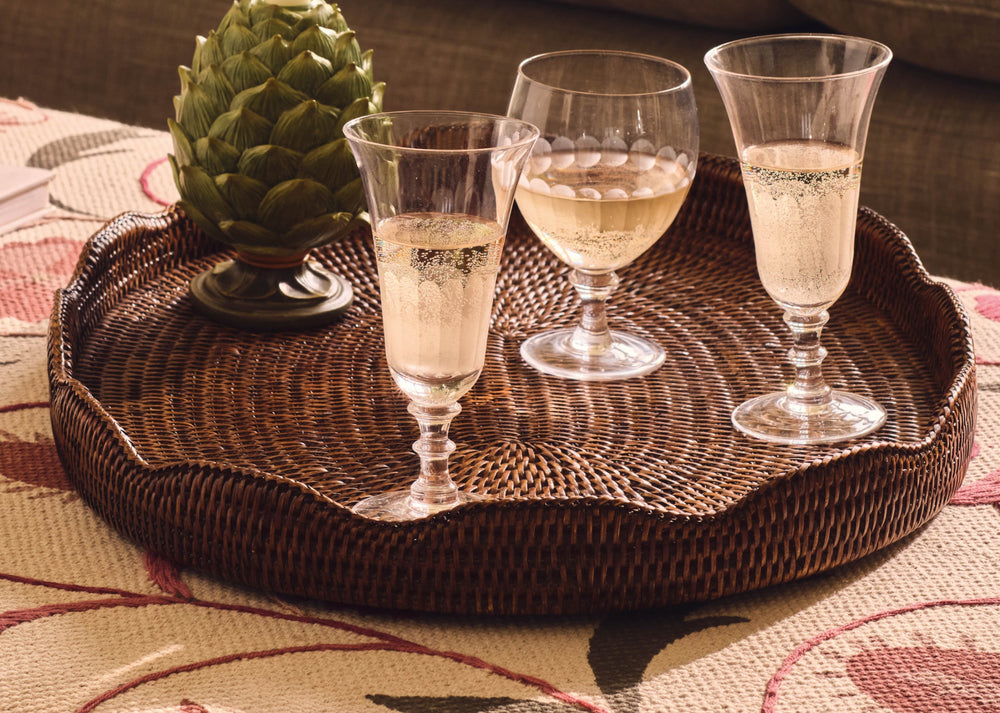
Rattan: Everything You’ve Ever Wanted To Know
Interested in more inspiration?
From tips and tricks to decorating advice and expert know-how, we've got plenty of bright ideas for the home and garden.

10 October 2025
The Art of the Multi-Purpose Room
How to Create a Multi-Purpose Room Now, more than ever, our home needs to work as hard as we do,...
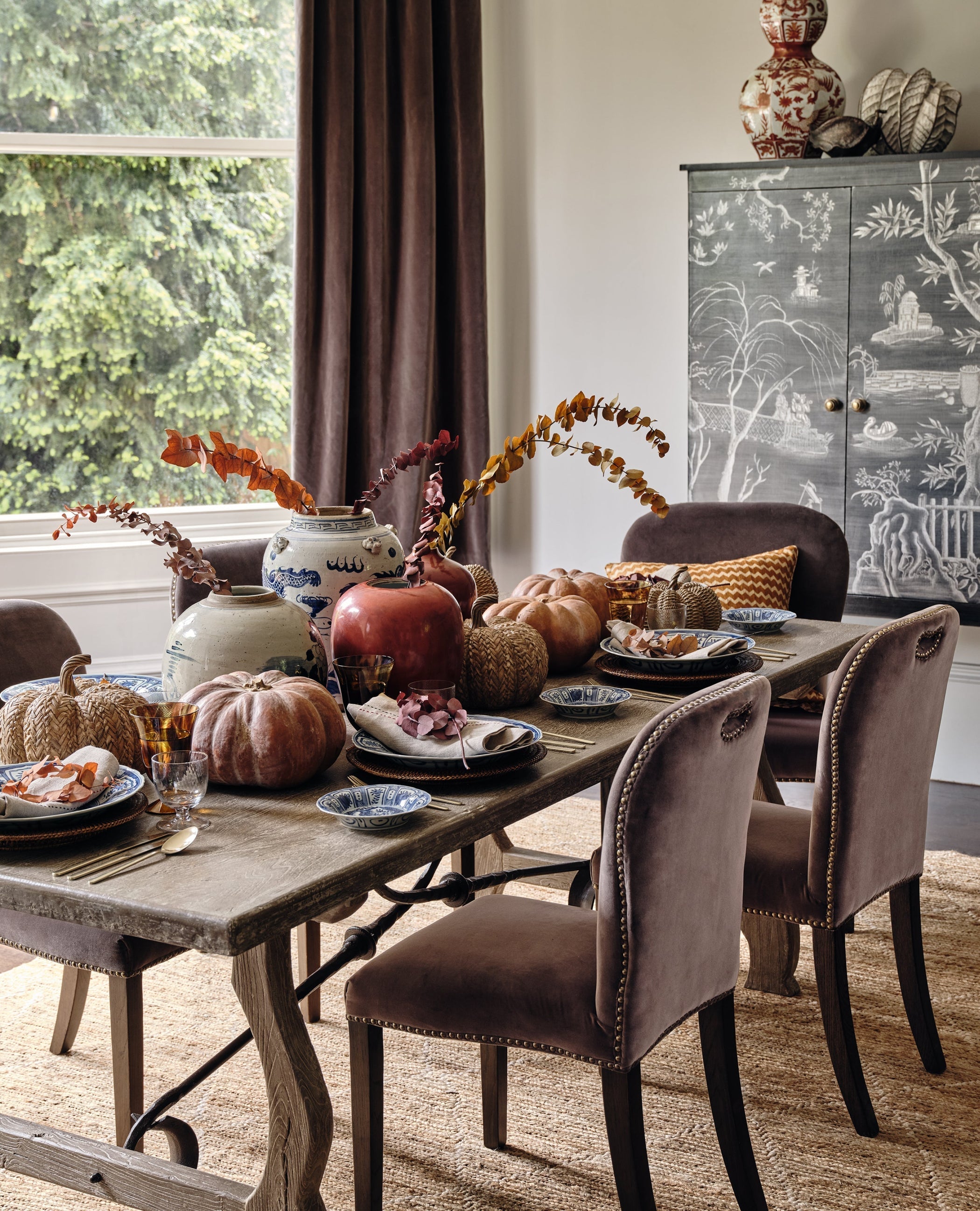
9 October 2025 | Emily Sims
How to Decorate a Table for Halloween
Get creative with your table decorations for Halloween, using the seasonal colours of orange, purple and green.

6 October 2025
How to bring nature into your home during winter
It’s easy to surround yourself with nature in the summer, when you can get out into the garden, entertain al fresco...
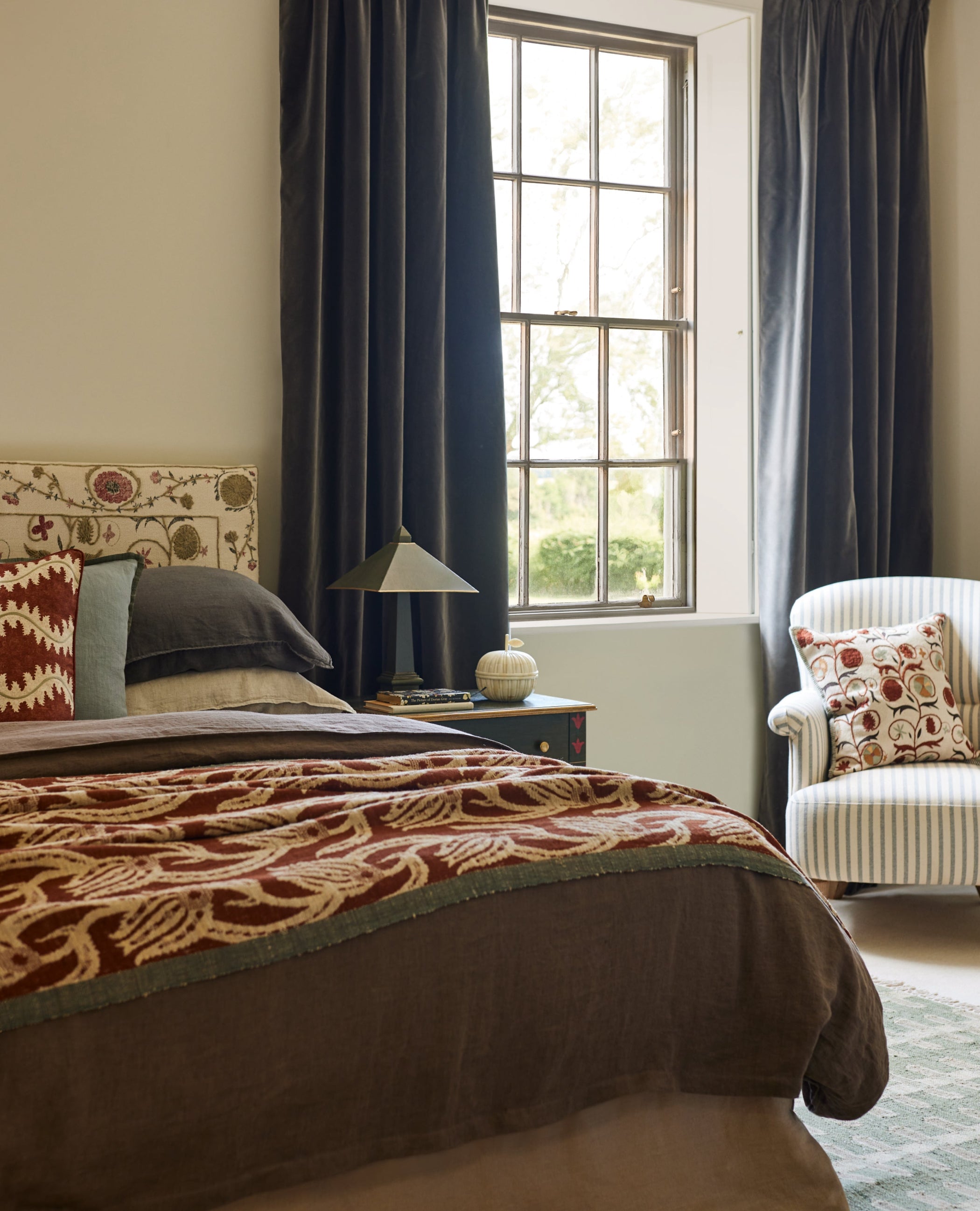
16 September 2025
How to Create a Bedroom for Hibernating at Home
Autumn is upon us, and with it a chance to take stock and rest up in a bedroom that’s as...








